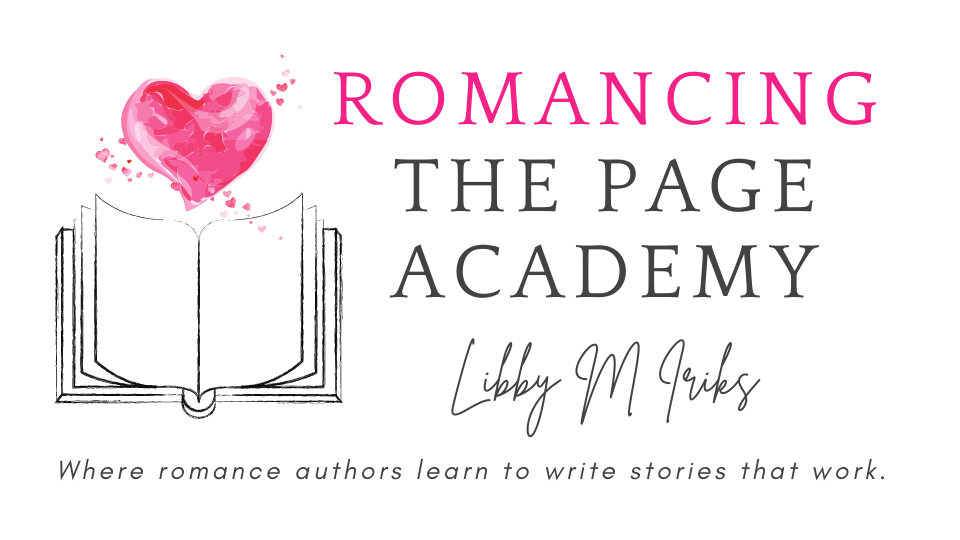Let’s do this! –>
ALL WRITERS:
Follow the steps below:
- Think about the themes you noted down in Step 3 and why those themes are important to you. Go back and review your answer if you need to.
- Now consider how those themes might fit together, how they can combine to express your unique perspective of those themes.
- Start jotting down your ideas. Begin with something generic, if you need to, to get the creative juices flowing. Or, if it helps, consider only two themes at a time and try different combinations.
- For revising writers and those writers who already have an idea of who your protagonist will be (it’s fine if you don’t), consider who they are when the story begins, what they’ll struggle with during the story, and who they will be when their story ends. What message will readers take away from your protagonist’s experiences?
- Above all, consider why you want to write this story.
Reflecting on all of the above will have you digging deeper to the heart of your story — and when you find the right way to express your message, you’ll know it. Because it’ll hit you right in the chest, make you smile and have you itching to get writing. (Don’t, though! We’ve still got a bit of work to do.)
In saying that, you don’t have to come up with a thematic statement now and stick to it right the way through writing your first draft. As you uncover the complexity of your characters and how they interact with one another, your message might develop and mature even more. And that’s okay. It’s all part of the process. But for now, you’ll have a solid foundation on which to build (or rebuild) your story.
